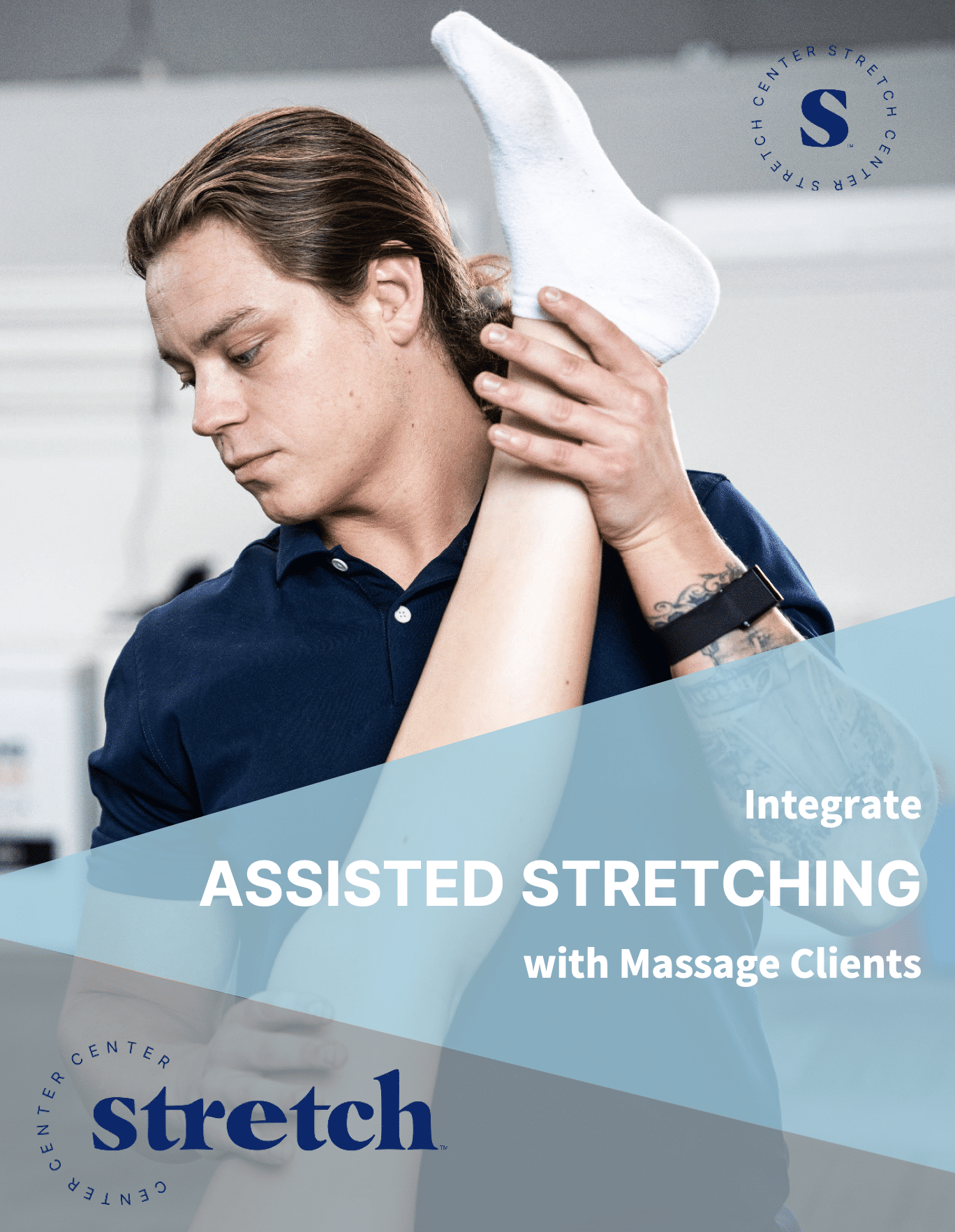Golf may seem like a leisurely sport to some, but experienced players know the truth—it’s a full-body game that demands balance, mobility, rotation, and control. Despite its low-impact reputation, golf can create serious stress on the spine, hips, shoulders, and wrists.
In 2024, over 28 million Americans played golf on a course, with another 19 million participating in golf-related activities like indoor simulators and driving ranges. And while golfers of all ages enjoy the sport, 43% of on-course players are age 50 or older, with 20% over 65. This means more players are managing age-related stiffness and mobility challenges while still trying to swing with power and precision.
If you’ve ever walked off the course feeling tight, sore, or off-balance, you’re not alone. Golf’s repetitive, one-sided motions take a toll over time. But there’s a solution to help keep your body mobile, aligned, and pain-free.
Stretching.
Common Golf Injuries
Golfers frequently deal with musculoskeletal strain caused by limited mobility and poor movement patterns:
- Low Back Pain – Often caused by over-reliance on spinal rotation due to tight hips and restricted thoracic mobility.
- Golfer’s Elbow – Inflammation of the tendons on the inside of the elbow from repetitive wrist flexion and gripping.
- Shoulder Impingement & Rotator Cuff Strain – Caused by poor scapular control and repeated overhead movement during the swing.
- Wrist and Hand Strain – From grip tension, ground impact, or sudden deceleration in rough conditions.
- Knee Pain – Results from rotational torque during the swing, especially if hip mobility is lacking.
- Neck and Upper Back Tension – Common with poor posture or compensatory rotation through the cervical spine.
Why Golfers Need Stretching
Golf is rotational by nature. To generate power, golfers need dissociation between the hips and shoulders, strong core engagement, and smooth movement across the spine. When key areas are tight or imbalanced, golfers compensate—leading to inefficient swings and increased risk of injury.
Stretching enhances mobility in restricted areas and helps rebalance the body, especially for golfers who swing predominantly on one side. With improved flexibility, you’ll see better swing mechanics, smoother follow-through, and more consistent control.
Why Assisted Stretching Works Better Than Stretching Alone
Unlike self-stretching, assisted stretching allows for complete relaxation and more targeted lengthening—especially important when working on deep rotation through the spine, hips, and shoulders. It also helps the nervous system downregulate, reducing muscle tension and enhancing recovery.
Certified Stretch Center practitioners understand golf biomechanics and tailor sessions to each golfer’s swing patterns. Assisted techniques can address those specific asymmetries in a safe and controlled way. If standard passive stretching isn’t enough, Stretch Center provides their certified practitioners with an arsenal of techniques to integrate into your tailored stretching plan, such as Active-Assisted Stretching or Proprioceptive Neuromuscular Facilitation (PNF).
Key Muscle Groups to Target
- Thoracic Spine & Obliques – Crucial for torso rotation and follow-through fluidity.
- Hip Flexors & Rotators – Facilitate hip-shoulder separation and efficient weight transfer.
- Shoulders & Rotator Cuff – Stabilize the backswing and prevent impingement.
- Forearms & Wrists – Manage grip tension and reduce elbow strain.
- Lower Back & Hamstrings – Support posture, hip hinge, and swing integrity.
When Should Golfers Stretch?
Before a Round: Use dynamic movements—like torso twists, leg swings, and walking lunges with rotation—to lubricate joints and warm up muscles.
After a Round or Between Sessions: Assisted stretching 1–2 times per week can help correct postural shifts, release tightness, and promote balanced recovery. It’s especially valuable during periods of high play frequency or when recovering from the inevitable soreness that comes from playing a full 18 holes.
What to Expect During an Assisted Stretch Session
Golf-focused sessions begin with a functional movement assessment that considers your rotation mechanics, mobility restrictions, and postural patterns. Your practitioner will guide you through stretches that open up rotation, lengthen tight tissue, and promote better symmetry.
Expect a calm, restorative session that blends therapeutic intent with relaxation. You’ll finish feeling more mobile, aligned, and physically prepared for your next round.
Final Takeaways
A better golf game doesn’t always require a new set of clubs—it may just require a more mobile body. Stretching is a foundational piece of performance and longevity for golfers, and when done with professional guidance, it can help prevent injury, improve movement efficiency, and unlock new levels of consistency – although we can’t promise it’ll fix that constant fade on your drives!
If you’re a golf coach, personal trainer, or therapist looking to integrate these benefits into your services, visit stretchcenter.com/certification to become certified through Stretch Center’s Assisted Stretching course!





